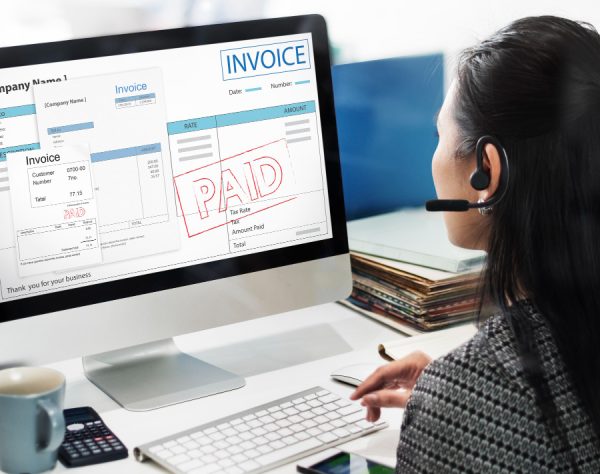
NetSuite RMA For Customer Returns
We all have a solid understanding of customer returns. Today let’s discuss some of the unique benefits of using customer returns in NetSuite.
Let’s use the following business cases:
My company, ABC Products, sells widgets. I sell widgets in different materials, sizes, and colors. The widgets that move frequently I keep a stock on hand. I have a few golden widgets that are expensive to stock and ship, so I have those dropped shipped directly to my customer from the manufacturer. The benefit of the drop ship is that I don’t incur the shipping cost from the manufacturer to me, thus retaining a higher profit margin.
Let’s say that my best customer has ordered 500 silver widgets. I have those in stock, and I ship them out to my customer right away. When my customer receives them, they are not exactly as expected and wants to return them for a full refund. I agree to that and send my customer a Return Authorization number and shipping label out of NetSuite. I’m sure that the customer facing functionality is clear to this point. The client returns the product, and we issue a refund or credit memo to the client. All is good – NetSuite can handle all of that.
Now since this is my best customer I want to go ahead and issue that credit memo before I receive the widgets back in my warehouse. By enabling the feature to Allow Refunds in Advance of Returns I can do that. I can create the refund or credit memo before the Return Authorization has an Item Receipt Against it. So now that I have received the widgets, I need them go back into stock. All that is required here is to do an Item Receipt against the Return Authorization. If I created the Return Authorization from a sales order, the widgets will go into stock at the same cost on the item fulfillment of the sales order.
But if I create a stand-alone Return Authorization and receive the widgets back, then they will go back into stock at the average rate for that item and location. Let’s say that the product came back damaged and I don’t want to return it to stock. Then I just uncheck the RESTOCK box on the line of the Item Receipt. When the Item Receipt is saved the Debit amount is no longer against an asset account but a write off account that is defined in the Accounting Preferences. Additionally, the On Hand count for the item has not been impacted.
Finally, let’s review the options for those golden widgets that are drop shipped directly to my customer and should be returned directly to the vendor. On the Return Authorization you will need to check the Drop Ship box on the line. Now when you receive the Return Authorization, it will not go back into your stock. You will want to confirm from your Vendor that the items were received before you issue a refund to your customer.
Alternately, if you do want to receive the item and put it into stock, just don’t check the Drop Ship box on the line and receive the item normally. Typically, there is no average cost for a drop ship item. You will need to set the cost of the item on the Item Receipt. There is a hidden field on the form called “Override Rate”. Once you expose this field, you can now set the item cost directly on the item receipt record. There will be an asset and inventory impact from this item receipt.
(This blog post has been composed by one of our NetSuite experts)









